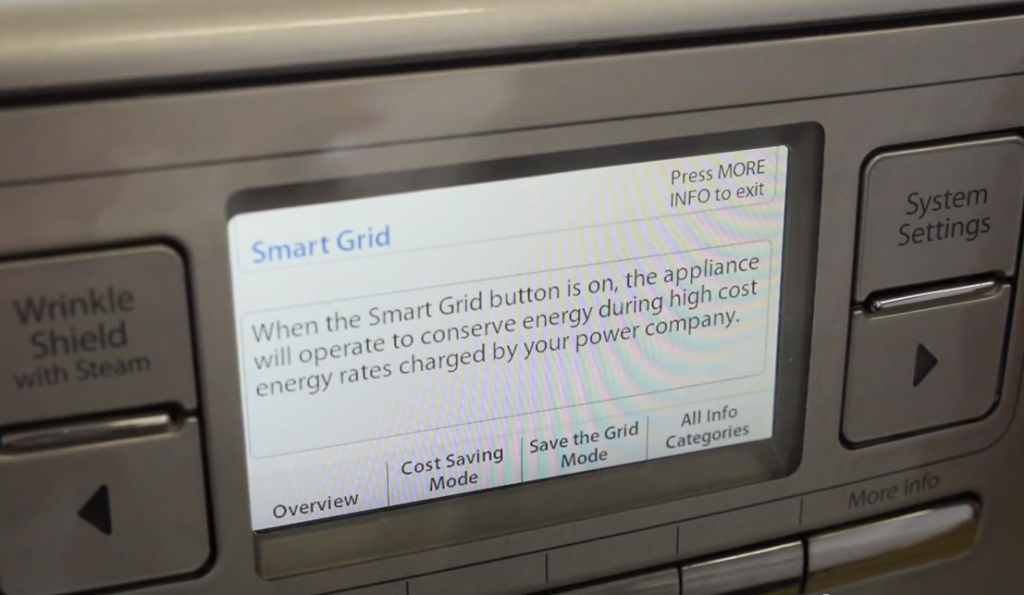Automated Demand Response (ADR) is something we’ve talked about here on GreenMonk for quite a while now. And in other fora, at least as far back as 2007.
What is Automated Demand Response? Well, demand response is the process whereby electricity consumers (typically commercial) reduce their usage in response to a signal from the utility that they are in a period of peak demand. The signal often takes the form of a phone call.
Automated demand response, as you would imagine, is when this procedure is automated using software signals (often signals of price fluctuation). The development of ADR technologies received a big boost with the development of the OpenADR standard, and the subsequent formation in 2010 of the OpenADR Alliance to promote its use.
Consequently, EPRI‘s recent announcement that it has developed automated demand response software, is to be welcomed.
In their announcement EPRI say the new software will:
provide a common way for devices and appliances on the electric grid to respond automatically to changes in price, weather, and demand for power, a process called automated demand response (ADR).
ADR makes it possible to translate changes in wholesale markets to corresponding changes in retail rates. It helps system operators reduce the operating costs of demand response (DR) programs while increasing its resource reliability. For customers, ADR can reduce the cost of electricity by eliminating the resources and effort required to achieve successful results from DR programs.
The EPRI ADR software was certified by the OpenADR Alliance. “Making this software freely available to the industry will accelerate the adoption of standards-based demand response” said Mark McGranaghan, vice president of Power Delivery and Utilization at EPRI.
This software has the potential to finally bring the smart grid into the home, allowing smart appliances to adjust their behaviour depending on the state of the grid. Some manufacturers have been fudging this functionality already with a combination of internet connected devices and cloud computing resources (see Whirlpool 6th Sense device above). And others, like GE are planning to bring older appliances into the connected fold, by sending out wifi modules that add new sensor capabilities.
Connecting appliances to the grid has the ability to make them far smarter. We’ll be discussing this, and more IoT topics in far more detail at ThingMonk, our upcoming Internet of Things event, in Denver next month. Hope to see you there.

